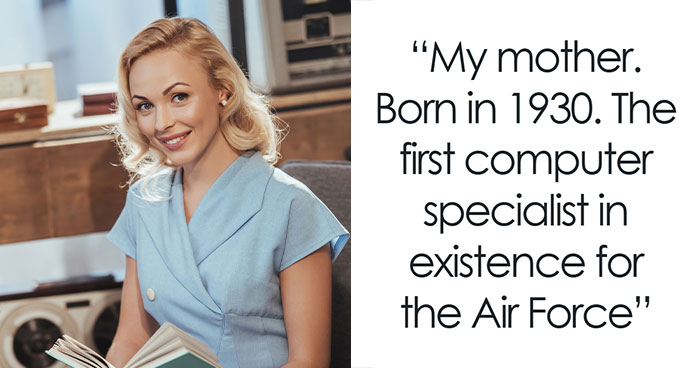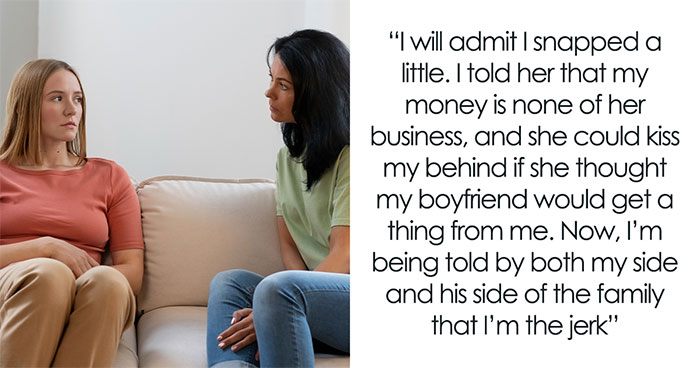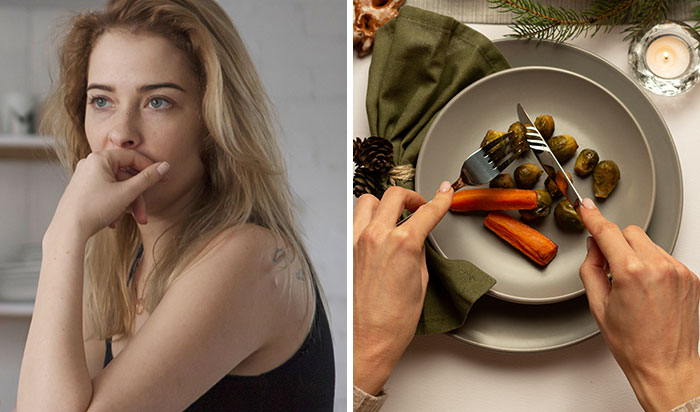Whether you’re thinking about getting a puggle, or you want to brush up your knowledge on this super cute canine, look no further! We’ve compiled all you need to know about puggles in one place, so sit back and relax whilst you learn more about puggle dog breed information!
Disclaimer: Please refer to the information in this article as a guide only.
- Puggles are a popular designer dog breed, created by crossing a pug with a beagle.
- These small pets weigh 15 to 30 pounds and are well-suited for apartment living.
- Puggles need daily exercise, socialization, and prefer not being left alone for too long.
- Annual vet checkups and vaccinations are crucial for a puggle's health and wellbeing.
The information provided herein is for informational purposes only. Please refer to our disclaimer for more details..
Quick facts about puggles
Image credits: Tom Hills
We’ve listed some quick facts about puggles below:
- In the beginning, they were created by accident.
- They are one of the most popular designer dog breeds in America.
- They are classed as designer dogs or mixed breed dogs and are the result of combining the pug and the beagle breed.
- They are a small, affectionate dog and make good family dogs.
- Since puggles are a designer breed, they don’t have a breed standard and are not recognized by the American Kennel Club.
Breed Overview
Weight: Puggles can weigh 15 to 30 pounds.
Hair Coat: Either smooth or short.
Colors: Puggles can be multicolored, tan, black, or fawn.
Parent breeds: a beagle and a Poodle.
Puggle Size
Image credits: Tom Hills
As we mentioned earlier, puggles weigh between 15 and 30 pounds. They are not considered a toy dog breed, nor a medium-sized breed. They are usually smaller than a beagle but slightly larger than a pug.
Their size means that they could be kept in an apartment or smaller house if they have plenty of opportunity to exercise outside. They have lots of energy so if you don’t have a garden or plenty of space for them to run around, you’ll want to make sure to take them for plenty of walks during the day.
Puggle Personality And Temperament
Like many dog breeds, puggles are social and won’t enjoy being by themselves for too long. This is important to consider if you’re thinking about getting a puggle.
Puggles also tend to bark if they are left alone for too long, so it’s best to make sure they have company as much as possible.
Your pup also needs to enjoy socialization from a young age so that when they get older, they know how to handle playtime well with other dogs and humans.
Puggle Care
Image credits: Tom Hills
Caring for your puggle includes the following aspects, which we’ve broken down into daily, weekly, monthly, and yearly needs in this section.
Daily Needs
Naturally, you’ll need to feed your puggle, the number of times you do this each day is up to you. Some pet parents feed their dogs twice a day, others three times a day or even just once. Be sure to refer to the guidelines on your pet food to make sure that you’re feeding the correct amount.
To help keep your puggle in good condition and keep them stimulated, it’s also important to exercise them regularly. This means taking them for a long walk each day and giving them plenty of opportunities to go outside to the toilet.
You’ll also want to make sure that your puggle always has access to clean, fresh water.
Weekly needs
Every week, it’s a good idea to thoroughly wash your puggles food and water bowls, and bedding. This will help to keep their things in good condition and help you to spot if something needs replacing.
Monthly needs
Weighing your puggle each month is a good way to keep on top of their weight and for you to notice any changes. If you don’t have a scale at home, then don’t hesitate to call your vet and ask if you can come in and borrow theirs (many vets will let you do this free of charge).
Treatment against parasites such as fleas, ticks, and worms is also something you’ll want to think about every month. Depending on the type of treatment you choose, you may need to apply it every month (usually the case for treatment against ectoparasites such as fleas) or every three months (for treatment against worms).
It’s good to be aware that when it comes to ectoparasites (fleas and ticks), the treatment aims to prevent your pet from getting infested. Whereas medication for worms, does not prevent your pet from getting worms, it just aims to remove the worms that are inside your pet at the time of treatment.
Yearly
After your puggle’s initial vaccinations, you’ll need to take them for their booster jabs each year, so that they remain protected. It’s a good idea to set reminders for this on your phone as if you miss the date, then you may need to restart the course again (this is not a problem for your pet necessarily, but does mean you’ll have to pay a bit more).
Taking your puggle for a yearly veterinary checkup and dental examination is also recommended by veterinarians. This helps your vet notice any problems in your pet early on and helps keep them happy and healthy.
We’d also like to take this opportunity to mention, that taking out insurance for your pet is also something worth thinking about. No matter how well you care for your pet, sometimes, sadly, they can become sick beyond our control as pet parents. Taking out pet health insurance means, that if your pet does get sick, you can focus on helping them feel better, without worrying about the cost.
Puggle Health
Keeping your puggle happy and healthy means you’ll likely need to think about preventative healthcare as far as possible. No matter how well you care for your pet, there are some events and illnesses that are out of the control of pet parents. However, there are a few things pet parents can do to help minimize the chances of a pet getting sick.
We’ve listed some examples below of ways you can reduce the chances of your pet becoming unwell:
- Vaccinations – Vaccinating your pet exposes them to to a killed or inactive form of a harmful disease. This means that after their vaccination, if your pet comes into contact with the disease-causing microorganism again, then the response from their immune system is likely to be faster and more effective. This often means that they may not get sick at all if they do come into contact with the disease, or if they do, their symptoms are less likely to be severe and can even save their life.
- Treating them for parasites – Protecting your pet against both endo and ecto parasites is a good way to reduce the chances of them suffering from their associated diseases.
- Checking them regularly – checking your pet regularly for any changes such as lumps, bumps, or injuries, means that you’re more likely to spot abnormalities at the early stages, which often can increase the possibility of successful treatment. It’s good practice to check your pet thoroughly each week.
- Scheduling a yearly general and dental check-up with your veterinarian – taking your puggle for a check-up each year, allows your vet to examine your pet and diagnose potential problems. This means they potentially even can diagnose problems before they start to show symptoms in your pet.
As we emphasized above, early diagnosis often increases the chances of successful treatment. If you notice something abnormal in your pet’s behavior, it’s best to contact your veterinarian for proper diagnosis and treatment early on, to increase the possibility for successful treatment and recovery.
Puggle Grooming
Image credits: bradythepuggle
Since they have a short or wirey coat, puggles aren’t super complicated when it comes to grooming. They’ll likely enjoy a brush from time to time, but it’s not necessary to bathe them or take them to the groomers.
If you do need to bathe them, try to keep it to a minimum. Bathing dogs too often can be harmful to their skin and hair.
Breeder Vs Shelter or Rescue
If you’re thinking about getting your puggle from a breeder, it’s important to make sure that it’s a reputable one. It’s worth asking for recommendations or speaking to your vet.
Another option is to get an adult or puppy puggle from a rescue or shelter. Taking an animal from a shelter can be an extremely rewarding and special experience, however, it is something you need to think carefully about beforehand.
If you think you may be able to offer a suitable home to a puppy or adult puggle from a shelter, we’d recommend contacting local rescue organizations to enquire about how the process works.
Things For Puggle Pet Parents to Consider
In this section, we’ve listed some points that potential puggle pet parents should think about before they get their puggle:
- Since puggles are a cross between a beagle and a pug, they are not recognized by the American Kennel Club. Although it’s good to know, it doesn’t particularly matter.
- Puggles can suffer from inherited conditions from both pugs and beagles.
- Puggles may bark if they are left alone for too long, so it’s good to give them company as much as possible so you don’t disturb your neighbors!
- Puggle puppies should only be purchased from reputable breeders. When you go to look at or buy your puggle, make sure to observe the following: the age of the puppies, the health condition of the mother, the living conditions of all the animals, the experience of the breeder, and the official papers from the veterinarian responsible for vaccinating and microchipping the puppies.
Conclusion
Whether you’re reading up before you buy one, or you just want to know more about this interesting breed, we hope you’ve enjoyed reading this article.
For those considering bringing a mix-breed dog like the puggle into their home, it’s useful to understand the various attributes of its parent breeds. While puggles combine the pug and beagle, if you’re also interested in exploring other designer breeds, you might look into exploring different crossbreeds involving beagles, such as the Poogle.
This breed offers a diverse range of traits and characteristics due to its Poodle lineage, providing a versatile and unique addition to any family setup. Learn more about the diversity within Poodle crossbreeds.
130views
Share on FacebookExplore more of these tags
"Puggle" isn't a breed. It's a mutt. A mixed-breed dog. NOT a "breed". Therefore, there is NO established, standard "temperament" or appearance that puppies/dogs of this mix will have. Even puppies in the same LITTER will differ in appearance, as they are mixed breed dogs. It's really important to keep in mind that while dogs like "Havapoos" and "Cavapoos" and "Aussiedoodles" might be adorable (and of course they are all good boys/girls) - these are NOT real "breeds". They are mutts, NOT purebreds. If someone is trying to say they are a "breeder" of one of these mixed-breeds and they charge thousands of dollars for a puppy, just keep in mind - you're buying a mutt. SO many dogs - mixed-breeds AND purebreds! - are languishing in shelters in need of a home. If you want a dog/puppy, don't spend thousands of dollars purchasing a mutt.
"Puggle" isn't a breed. It's a mutt. A mixed-breed dog. NOT a "breed". Therefore, there is NO established, standard "temperament" or appearance that puppies/dogs of this mix will have. Even puppies in the same LITTER will differ in appearance, as they are mixed breed dogs. It's really important to keep in mind that while dogs like "Havapoos" and "Cavapoos" and "Aussiedoodles" might be adorable (and of course they are all good boys/girls) - these are NOT real "breeds". They are mutts, NOT purebreds. If someone is trying to say they are a "breeder" of one of these mixed-breeds and they charge thousands of dollars for a puppy, just keep in mind - you're buying a mutt. SO many dogs - mixed-breeds AND purebreds! - are languishing in shelters in need of a home. If you want a dog/puppy, don't spend thousands of dollars purchasing a mutt.

 Dark Mode
Dark Mode 

 No fees, cancel anytime
No fees, cancel anytime 






















































0
1